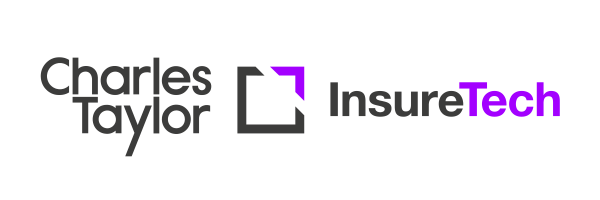TThe metaverse – an immersive, interconnected virtual world in which users can share experiences and interact in real-time – has captured the imagination for decades. Now it is becoming real, with tech firms leveraging next-gen technologies like AI, blockchain, virtual reality, augmented reality, cryptocurrency and the internet of things to create simulated environments that could transform how people work, shop and live.
The metaverse is closely aligned with the ‘Web3’ ideology – a next iteration of the internet in which it is predicted peer-to-peer communication and decentralised governance will put ownership of data back in the hands of users. In this ‘user-centric’ version of the internet, each person’s digital ‘avatar’ would hold all the data on their identity, lifestyle and experiences. This data would have a value for the user and could potentially be sold to insurers and other providers in return for personalised products and services.
According to Citi Global Insights, the metaverse could be a $13 trillion opportunity by 2030. By comparison, Statista pegs today’s entire global insurance industry at around $5.4 trillion. Insurers cannot afford to miss the huge opportunities this paradigm shift presents. Nor can they ignore the risks.
Product innovation
The most obvious opportunity is to develop dedicated metaverse insurance products. These would be similar in nature to today’s data breach and other cyber insurance products but tailored to the metaverse’s specific risks. This could include protection in the event of sexual harassment or abuse in an owner’s environment, for example. There may also be demand for personal lines products to protect users and their data directly.
Getting closer to customers
Getting to know the customer better is one of the insurance industry’s biggest challenges. The metaverse would give insurers a singular view of the customer for the first time, enabling them to get closer than ever and tailor highly personalised solutions. Customer experience would vastly improve too; insureds could, for example, visit claims handlers or contractors in the metaverse to track the progress of their claims, creating engaging, differentiated claims experiences. Simulations could also help insureds better understand the coverage they are buying by walking them through frequent types of losses that wouldn’t be covered, for example.
However, the shift in power dynamics could make it harder for insurers to access non-customers’ data. In a more opaque marketplace, insurers may even have to consider charging for quotes, which would be far from ideal.
Immersive modelling

The metaverse is a perfect environment to build, test and explore 3D models of the real world. This has a multitude of applications for insurers; loss adjusters can feed videos or pictures from live claims into the simulations and, harnessing AI and quantum computing, build a 360-degree view of each claim and test and tweak loss scenarios remotely. Similarly, insurers and brokers can model risks in 3D to help insureds mitigate losses and underwriters can simulate physical risks and scenarios to improve risk pricing and selection.
Improving the workplace
The metaverse could help insurance continue to drive people centric cultures without the need for physical locations, by allowing firms to create engaging work environments to attract the best talent and close the skills gap. These virtual workspaces can also overcome some of the challenges of hybrid working, bringing people together from anywhere world, building organisational cultures and enhancing learning. Remote working has, for example, made ‘over-the-shoulder’ knowledge transfer harder, but the metaverse could reverse that by giving inexperienced employees access to the mentors they need plus additional tools and resources.
Interviewing, onboarding and training new staff could all also be handled virtually in a consistent, engaging environment. And with many feeling webinar fatigue, the metaverse could also provide an engaging hybrid environment for conferences and networking events.
Regulatory and ethical challenges
The opportunities are vast but there are also risks. It will be some time before the metaverse is properly regulated with established standards and best practices. In an unregulated environment, there will inevitably be misuses, abuses and disruptive behaviours that could have financial, reputational and security repercussions for insurers.
Then there is the ethical debate. The metaverse creates a world of possibilities, particularly for people who may be inhibited in the physical world, but many will argue the last thing we need in the age of excessive screen-time is to digitise the real world too.As naturally risk-averse organisations, insurers will probably dip their toes in the water – possibly by firstly creating virtual workplaces for employees – before they feel comfortable enough to invest in integrating models or interacting with customers in the metaverse. However, with Web3 on the horizon, insurers must start thinking about how to take advantage or face watching others take their virtual place.

Jo is a highly experienced product lead with over 20 years helping organisations create and launch digital offerings into global markets. She has been in the software industry for over 20 years performing a variety of roles from technical programming, project management, product management through to her latest role as Head of Product Marketing and Pre-Sales.




.png)










